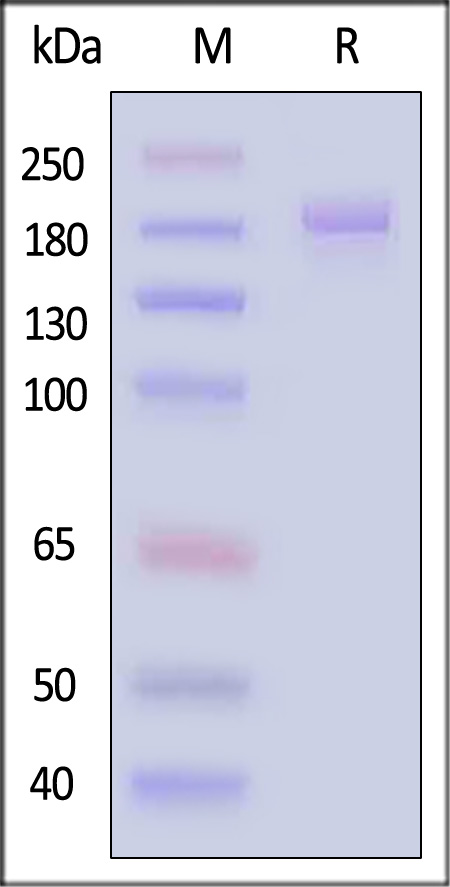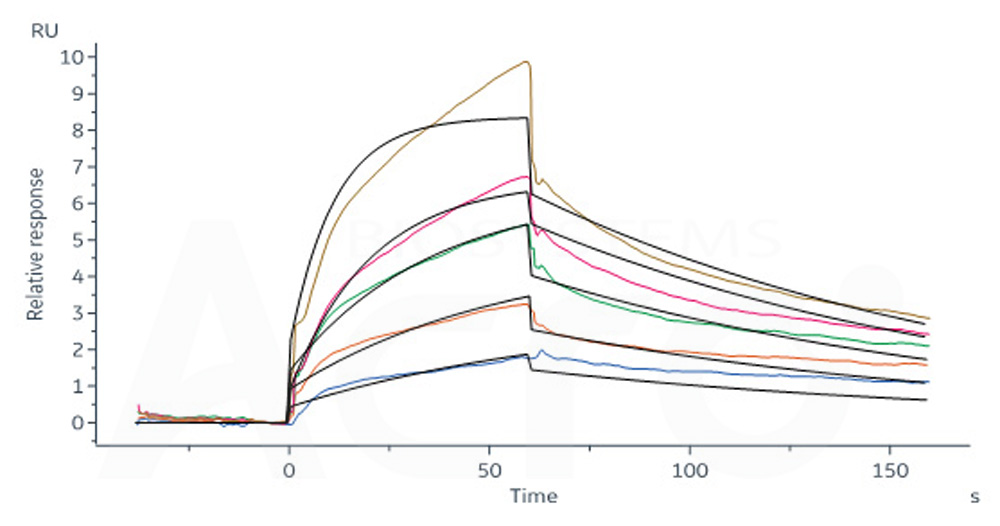Loncastuximab Tesirine Versus Polatuzumab Vedotin Plus Bendamustine and Rituximab in Relapsed/Refractory DLBCL After ≥ 2 Lines of Therapy: Matching-Adjusted Indirect ComparisonWilson, Chiodi, Paine
et alAdv Ther (2025)
Abstract: Despite recent approvals of new treatments, relapsed/refractory (R/R) diffuse large B-cell lymphoma (DLBCL) remains challenging to treat, with limited durable responses and a high proportion of patients relapsing after two or more lines of therapy. Loncastuximab tesirine (Lonca) is a highly potent CD19-targeted antibody drug conjugate with convenient dosing for patients with third-line R/R DLBCL.In the absence of head-to-head trials, unanchored matching-adjusted indirect comparisons (MAICs) were conducted to compare the relative efficacy and safety of Lonca with polatuzumab vedotin + bendamustine and rituximab (Pola + BR).Four studies included in the MAICs were identified via systematic review and hand-searching. Lonca (LOTIS-2) was compared with three comparator studies for Pola + BR (GO29365 extension study, COTA database, Dal et al. 2023). Overall, there was no evidence of a difference in overall response and complete response (CR) rates. Despite Pola + BR demonstrating a higher CR rate in the GO29365 extension study, this did not translate into significant improvements in progression-free or overall survival. Survival analyses indicated similar efficacy between treatments across studies, with most comparisons/meta-analyses showing no statistically significant differences. Lonca had significantly lower odds of Grade 3-4 infections, any serious adverse event (SAE), and specific SAEs including febrile neutropenia, pneumonia and pyrexia. Of the safety endpoints analyzed, none indicated significant differences in favor of Pola + BR.These results suggest no evidence of a difference in efficacy between the two treatments and potentially more favorable safety profile for Lonca compared with Pola + BR in patients with R/R DLBCL after two or more lines of treatment.© 2025. The Author(s).
18F-FDG PET radiomics score construction by automatic machine learning for treatment response prediction in elderly patients with diffuse large B-cell lymphoma: a multicenter studyZhao, Zhao, Chen
et alJ Cancer Res Clin Oncol (2025) 151 (3), 125
Abstract: To explore the development and validation of automated machine learning (AutoML) models for 18F-FDG PET imaging-based radiomics signatures to predict treatment response in elderly patients with diffuse large B-cell lymphoma (DLBCL).A retrospective analysis was conducted on 175 elderly (≥ 60 years) DLBCL patients diagnosed between March 2015 and March 2023 at two medical centers, with a total of 1010 lesions. The baseline PET imaging-based radiomics features of the training cohort were processed using AutoML model AutoGluon to generate a radiomics score (radscore) and predict treatment response at the lesion and patient levels. Furthermore, a multivariable logistic analysis was used to design and evaluate a multivariable model in the training and validation cohorts.ROC curve analysis showed that the radscore generated by AutoML exhibited higher accuracy in predicting treatment response at the lesion level compared to metabolic parameters (SUVmax, MTV, and TLG) in both the training group (AUC: 0.791, 0.542, 0.667, 0.651, respectively) and the validation group (AUC: 0.712, 0.616, 0.639, 0.657, respectively). Multivariable logistic analysis indicated that NCCN-IPI (OR = 5.427, 95% CI: 1.163-25.317), BCL-2 (OR = 3.714, 95% CI: 1.406-9.816), TMTV (OR = 4.324, 95% CI: 1.095-17.067), and avg-radscore (OR = 3.176, 95% CI: 1.313-7. 686) were independent predictors of treatment response. The multivariable model comprising NCCN-IPI, BCL-2, TMTV, and avg-radscore outperformed conventional models and clinical-pathological models in predicting treatment response. (P<0.05).The radscore generated by AutoML can predict the treatment response of elderly DLBCL patients, potentially aiding in clinical decision-making.© 2025. The Author(s).
Breaking Grounds: A Comprehensive Analysis of Cutting-Edge Treatments for Primary Biliary Cirrhosis/Primary Biliary Cholangitis With Futuristic TreatmentsKhan, Ul Haq, Wahab
et alCureus (2025) 17 (2), e79582
Abstract: Primary biliary cholangitis (PBC) is an autoimmune disorder characterized by biliary destruction leading to intrahepatic biliary cholestasis. It predominantly affects women during the fifth and sixth decades. Treatment options have progressed from ursodeoxycholic acid (UDCA) and obeticholic acid (OCA) to liver and stem cell transplant. The objectives include summarizing established and new diagnostic approaches for PBC along with reviewing efficacy treatments, their side effects, and future directions. The treatment of PBC is based on risk stratification, including assessment of the patient's age, sex, clinical pattern, biochemical and antibody profile, histology, and markers of fibrosis. UDCA and OCA are Food and Drug Administration (FDA) approved first-line and second-line agents. Elafibranor, a recently FDA-approved agent based on its efficacy, was shown in the ELATIVE trial. Seladelpar, currently under FDA review in the ENHANCE III trial, is also used in PBC. Fibrates, a third-line treatment, are found efficacious in different trials. Other treatment options are in phase II/III clinical trials. The question of whether we use immunotherapy has been answered in the NCT02376335 and NCT00746486 trials, stating that rituximab and budesonide cannot be used as no clinical significance is observed. The emergence of new therapies and the potential of combination treatments offer hope for improving outcomes for all patients with PBC. Personalized treatment strategies, continuous monitoring, and a comprehensive approach to symptom management are key to optimizing care and enhancing the quality of life for individuals affected by this chronic liver disease.Copyright © 2025, Khan et al.
MYD88-mutated Lymphoplasmacytic Lymphoma With Monoclonal Immunoglobulin G: A Case ReportIsaksen, Vintermyr, Reikvam
EJHaem (2025) 6 (2), e70027
Abstract: Lymphoplasmacytic lymphomas (LPL) are usually associated with serum monoclonal immunoglobulin M (IgM). Nevertheless, in some cases, these cells may secrete IgA or IgG monoclonal proteins or remain non-secretory. We report a case from a patient with LPL-secreting IgG who developed anaemia and splenomegaly during the disease course that necessitated treatment with bortezomib, dexamethasone, and rituximab. The case illustrates the need for clinicians and pathologists to consider LPLs as a differential diagnosis also without a serum monoclonal IgM. Clinical Trial Registration: The authors have confirmed clinical trial registration is not needed for this submission.© 2025 The Author(s). eJHaem published by British Society for Haematology and John Wiley & Sons Ltd.



 +添加评论
+添加评论






















































 膜杰作
膜杰作 Star Staining
Star Staining



















